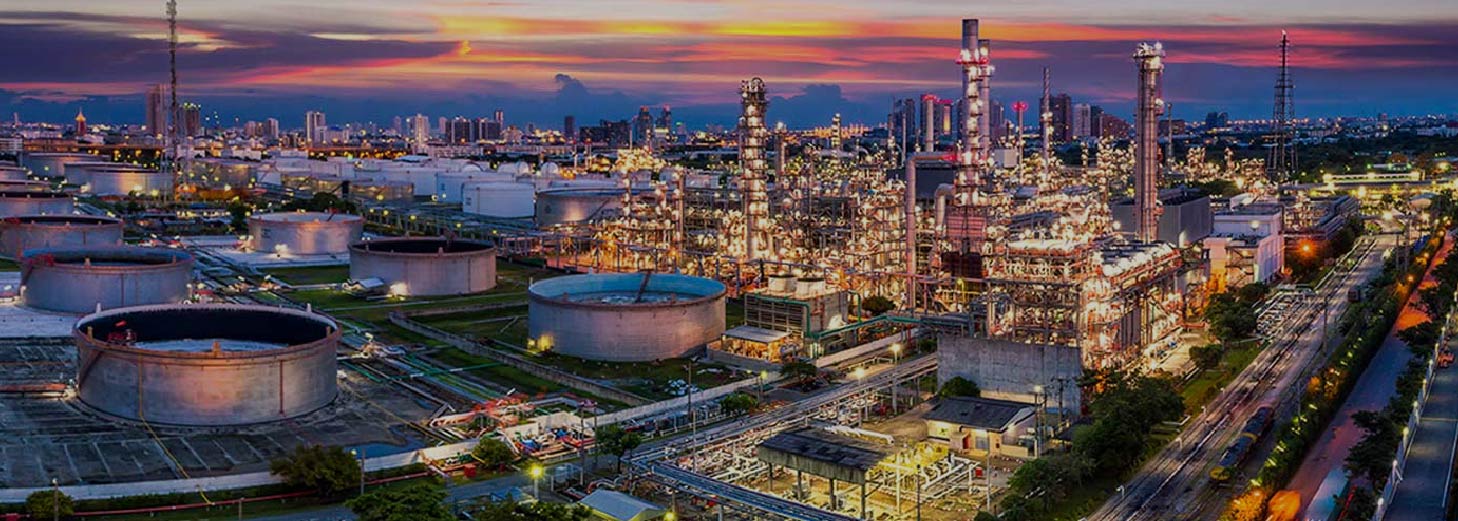Empowering the Oil, Gas & Energy Industry by Extending beyond the barrel using RISE with SAP

The energy transition has risen to the top of the priority list for Oil, Gas & Energy companies. They wish to increase their use of renewable energy, diversify their revenue and asset portfolio as well as collaborate with other industries such as chemicals and utilities. Thus, Digital Transformation is the only way and they have established a set of strategic priorities to help them achieve their objectives. This article discusses the industry-specific features provided by RISE with SAP’s Business Transformation Service.
Let us begin by defining strategic priorities and the benefits they provide to the Oil, Gas & Energy Industries.
Strategic Priorities for Oil, Gas & Energy Companies
The importance and values of Digital Transformation have been recognised by leading Oil, Gas & Energy companies. Thus, they are concentrating on four strategic priorities outlined below in order to transform their organization into an intelligent enterprise.
- Extend beyond the barrel
- Digitalize production and delivery
- Compete as an ecosystem
- Unlock value with technology
In order to achieve this, Intelligent technologies embedded in RISE with SAP framework acts as a key-value contributor in enabling Oil, Gas & Energy companies to become intelligent enterprises. Adapting to this enables your organization to redesign entire business models, processes, and products by driving enterprise digitalization through product development.
Extend beyond the barrel
With a focus on the energy transition the Oil, Gas & Energy companies will go beyond the barrel to master value-added activities such as consumer energy usage analytics, allowing them to offer services that optimise the delivery of goods, transportation and produce power which helps in heating and cooling.
For example, “Fuel Retailers” will become more customer-centric, employing pay-for-outcome pricing and providing personalised configurations that enhance the customer experience. They will develop new services and experiences that focus on convenient energy outcomes that cross traditional market boundaries, such as delivering transportation, climate control or a powered device, rather than just traditional fuel inputs.
Let’s consider a real-world scenario to better understand this example. In our case, Person A does not have a smartphone, while Person B does.
Person A notices a fuel gauge alert while driving to work, indicating that the vehicle’s fuel tank is nearly empty. As a result, he begins looking for a service station while driving and he doesn’t have a smartphone with him. He eventually comes across a service station and pulls over to fill up the tank. But he found it difficult to shop for the best fuel value because the options the store offered him were limited to the current geography and to top it with the bad weather, everything made him annoying. After filling up the vehicle, he gets down from the car and enters the building to pay for the purchase. Then he resumes his journey after paying the amount (in-cash transaction) manually, which made him frustrated as he missed a lot of time in the billing process. Also, he started smelling like gasoline because of the poor maintenance of that workstation.
In the case of Person B, he notices that the vehicle is running low on fuel after arriving at work. Thus, he uses a mobile app to schedule a tanker to arrive at the work site and fill up the car while the driver continues to work. When the vehicle is full, person B is notified via smartphone, and the purchase is completed via software with the touch of a button on his phone. As a result, he saves time while also having a full tank of gas when he returns home. With this smart mobile integration, he had a seamless consumer experience and will feel the same way in using other stations of the brand in the future.
To summarise, Person A is involved in numerous manual processes due to the lack of adaptability to the current trends. Person B, on the other hand, who uses a smartphone, made everything possible with the touch of a few buttons and intelligent software. This clearly demonstrates the distinctions between transforming into the digital world.
Now you may be asking, “How can RISE with SAP helps us?”. Here are the primary business capabilities they offer to assist you in reaching your objectives:
- Transparency in historical, current and planned gross as well as net output, quality and cash flow.
- Create new revenue streams and capture new value through products and services.
- Reduces exposure to oil market volatility and global demand fluctuations.
- Capability to manage fossil fuels and renewables in a single system.
- Integration of Omnichannel for retail oil and gas industries.
Top Value Drivers
The major value drivers in the Oil, Gas & Energy Industry post successful deployment of SAP S/4HANA are:
- 3%–5% Capital expenditure optimization
- 5%–30% Reduction in EHS penalties and fines
(Note: Data was taken from SAP’s statistics)
Conclusion
To conclude, with hundreds of new features and seamless functionality, SAP S/4HANA can enhance your business values. Many upstream operators have benefited from flexible, agile, and scalable ERP capabilities on the cloud as a result of SAP S/4HANA adoption.
Own your tomorrow with a guided journey and outcome-driven practices of RISE with SAP. To know more about how SAP S/4HANA or about other solutions that can help enterprises in oil, gas and energy companies, do get in touch with us!
